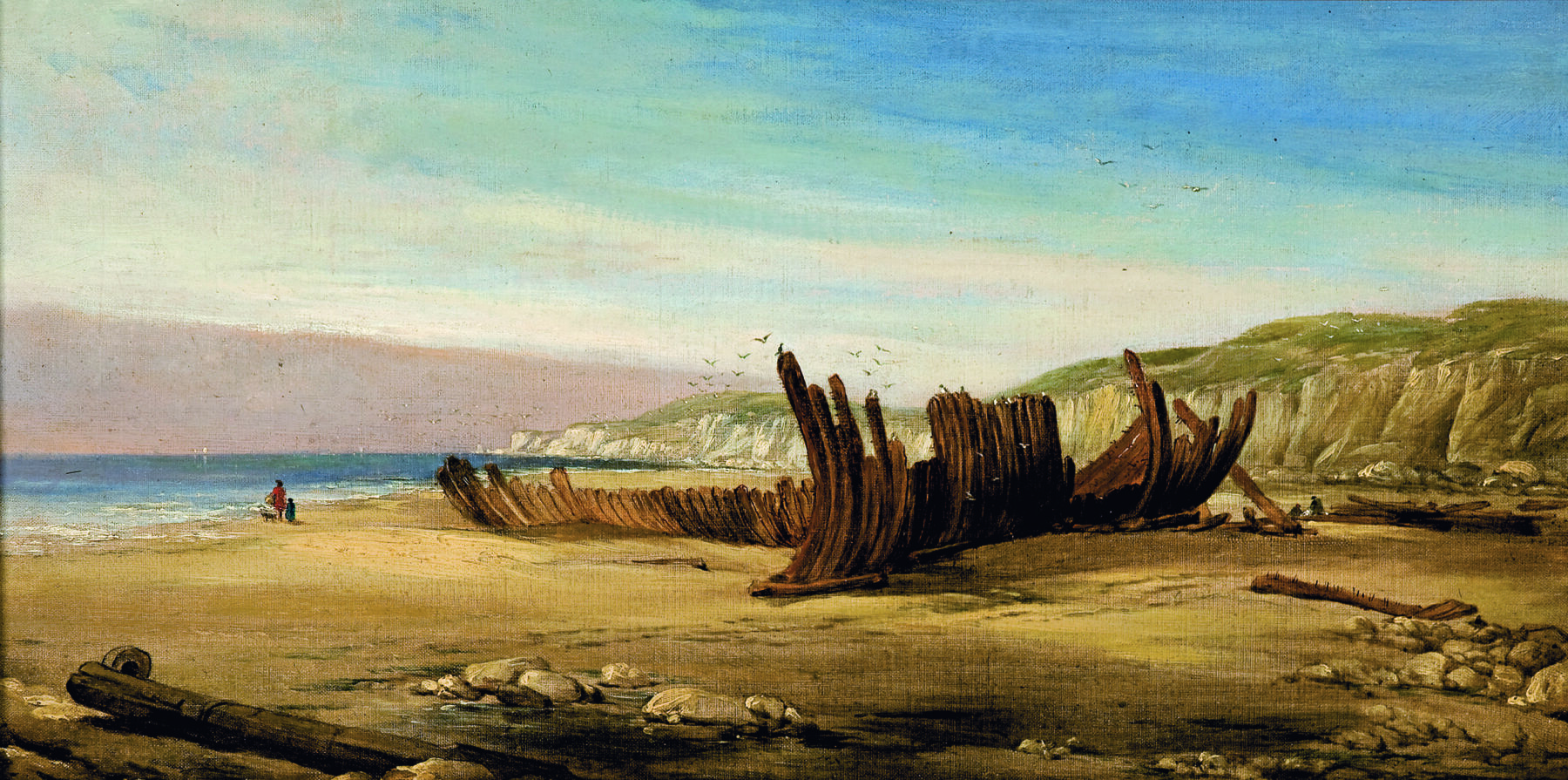The mystery of the Mahogany Ship

Tim the Yowie Man
Tim the Yowie Man

There are about 8000 shipwrecks dotted along Australia’s coastline. Many lie in watery graves along the Shipwreck Coast, stretching between Cape Otway and Port Fairy, which forms part of Victoria’s Great Ocean Road.
Incredibly, more than three-quarters of shipwrecks in Australian waters have never been found. And there’s one, possibly our most famous, that disappeared after being spotted. Yes, it vanished into thin air.
Stories of the phantom wreck date back to 1836. One version has it that three marooned seal hunters stumbled on “an ancient wreck” of dark wood trapped high in the dunes between Warrnambool and Port Fairy. When the story first appeared in newspapers about 10 years later, the prospect of a ship that pre-dated Captain Cook buried in the dunes of south-western Victoria intrigued treasure hunters and maritime scholars alike. Some speculated it was a Portuguese treasure ship laden with gold. Another report suggested the ship was crafted from mahogany, supporting the theory it was a Spanish or Portuguese caravel, and giving rise to the wreck’s nickname – the Mahogany Ship. But modern-day investigations have proved difficult, because sometime in the 1880s, it vanished – supposedly swallowed up by the dunes.

At the Mahogany Ship Symposium held in Warrnambool in 2005, Murray Johns, who researched the legend for more than six decades, suggested the wreck might be of the schooner Unity, whose port of origin was Sydney; stolen by convicts in Tasmania in 1813, it was never seen again. His theory was supported by scientific analyses of timber supposedly collected from the wreck soon after it was discovered. These indicated the ship was crafted from Australian timber, ruling out the possibility of it being a foreign vessel.
Despite this, wave after wave of treasure hunters continue to search for the fabled wreck, spurred on by the Victorian government which offered $250,000 to anyone who finds the Mahogany Ship.
So far, they’ve all gone home empty-handed. In fact, the lack of evidence of any wreck in the dunes, even with the use of state-of-the-art ground-penetrating radar, has prompted speculation the remains may have been removed in the 1880s by the British government to prevent a possible Australian land claim by the king of Portugal. Really!
Of course, another explanation is that the wreck never existed in the first place. This is supported by amateur Warrnambool historian Jenny Fawcett, who dismisses the first recorded account of the ancient wreck that appeared in 1847 in a Portland newspaper as the misinterpreted ramblings of drunken sailors in a pub.
Where does that leave us?
I suspect that, unless it miraculously reappears in the dunes near Port Fairy, the true origins of the Mahogany Ship will remain lost in the sands of time forever.


